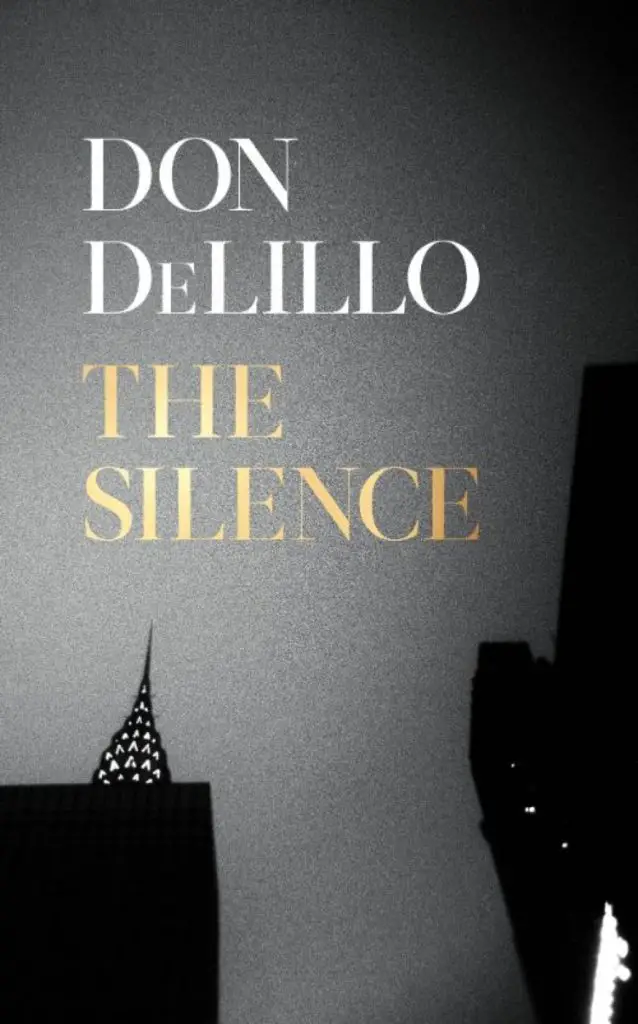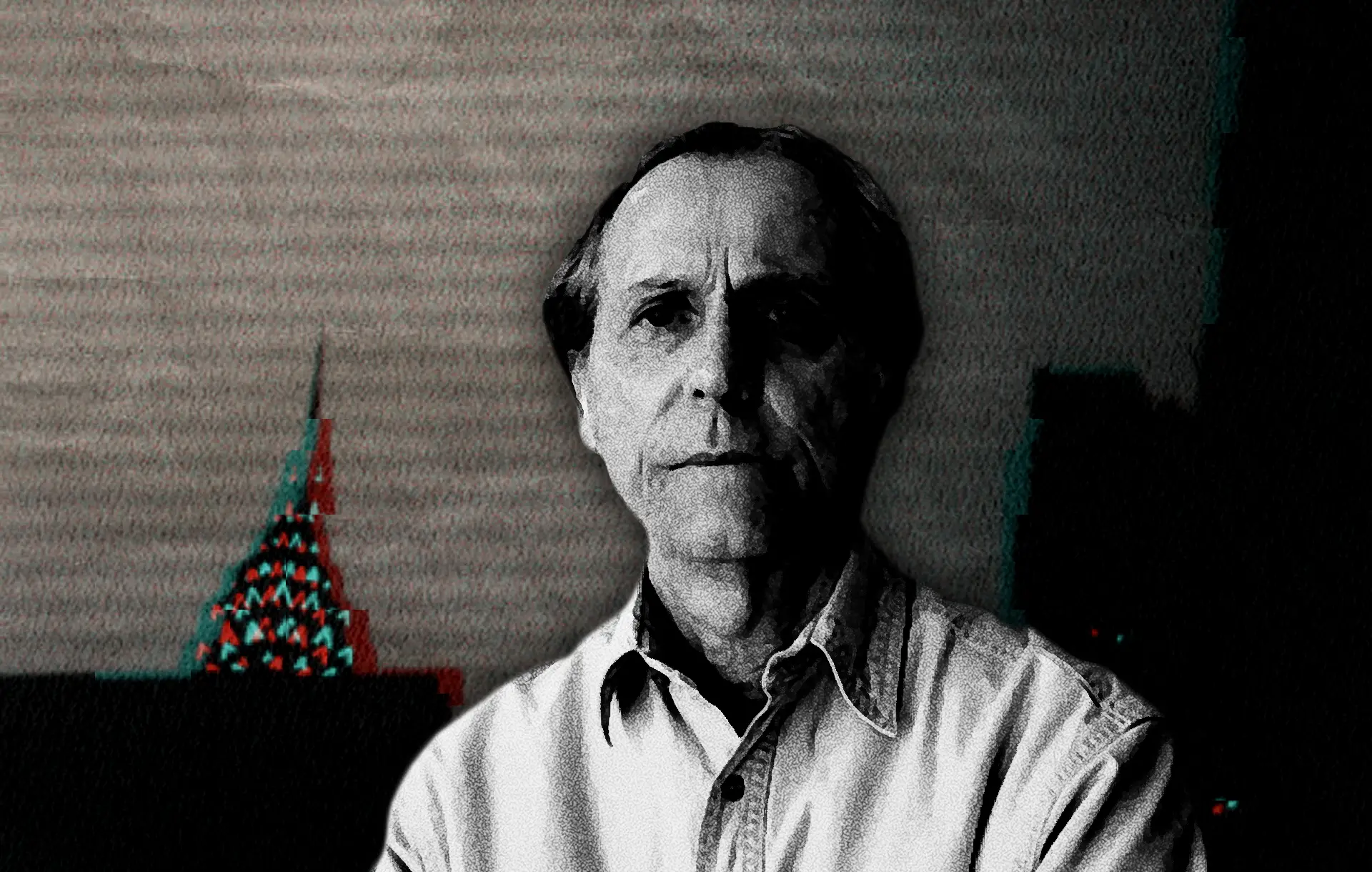While reading The Silence (2020), the new novel by Don DeLillo, its deliberate lack of clear answers nudged me to recall those prophetic Indian poems I used to read when I was in my early 20s as their antithesis. Regardless of having more than a few pages, the temptation to keep reading this book and look at it as a convoluted omen to the current planetary stagnation made it a true page-turner from the outset. The lack of answers about the future is so evident nowadays that if I find prominent authors acknowledging it, I hold on to them to see where they’re headed. As luck would have it, I found DeLillo once again.
I finished reading it on a Monday, the same day I went to the bookshop to buy John Steinbeck’s Tortilla Flat. The latter was a gift for a good friend of mine who had just invited me to spend that last weekend at the Sicilian vineyard that he’s managed for years in complete isolation. That day, the library was unusually crammed, Don DeLillo saw me from a lower shelf, and the white markings over black cover of his work seemed to whisper, “Silence! it’s my turn to speak now.”
[To] look at it as a convoluted omen to the current planetary stagnation made it a true page-turner
DeLillo has always been considered a visionary. In White Noise (1985), his breakout work, he talked about grocery stores as science fiction sets and staged a threatening toxic cloud with sunsets of unprecedented colors. DeLillo is over eighty years old now and he’s probably the writer who has been able to talk to the themes of rampant American consumerism and novelty intellectualism holding on to their catastrophic and yet parodistic values, better than anyone else. His new book tells yet another unbearable truth that is more time-sensitive than ever.
Somewhere in the Near Future

The Silence begins with a famous quote from Albert Einstein that is used as the only epigraph of this book: “I don’t know what weapons the Third World War will be fought with, but the Fourth World War will be fought with stones and sticks.” In truth, there are no traces of this quote in Einstein’s writings even though it is one of the many quotes that has haunted the twentieth century so far. As of now, it is just something that anyone who wants to imitate someone else’s profound thought could use — a good phrase to stop the silence when we are faced with yet another technological advancement or a tragic turn of events. Could these two be related?
Set in the year 2022, the book opens with a plane flying from Europe to the United States. As the aircraft begins to bounce, Jim Kripps and his wife Tessa Berens begin to look for some social conventions in order not to freak out before the other passengers. In the meantime, a couple of friends, Diane and Max, await them in their New York apartment. It’s Super Bowl Sunday and everything is ready for the great American ritual of football at Diane and Max’s: the TV is broadcasting advertisements for beer, whiskey, peanuts, soap and sodas. All of a sudden, the images on the screen flicker, the screen wobbles like the one on the plane, then it goes black. The darkness soon engulfs everything that surrounds the dumbfounded protagonists.
Now this state of general hesitation is the central conflict of this narrative, and it’s filled with hypotheses, doubts, empty speeches about coincidences, and absurd conjectures. This is the actual substance of the book — a crescendo of increasingly unsubstantial exchanges. Everything and everyone is a consequence of the loss of the screen, which represents both everything that’s left of our fantasy and our narcissistic reflex through which we cultivate our gaze on ourselves. As DeLillo told the New York Times, “Technology has changed the way we think. (…) It’s less reflective and more instantaneous.” And then he added: “I don’t use a cellphone because I want to continue to think in the traditional way”.
World War III
The Silence’s plot seems to be nothing more than a commentary on Einstein’s phrase about what will happen after the Third World War. However, this book begs the question of how are we taking part in this War. Are we the ones who chose to deprive themselves of their memories and the traditional way of thinking to let all this useless information sink in, or are we just the carcasses of this inevitable turn of events and our sticks and stones are nothing but our devices?
I just realized my analysis is nearing further conjectures that might lead to further unsubstantial conclusions. The only element that can’t be pointed out, but is palpable, is the fact that this state of general hesitation belongs to us regardless of the pandemic. The latter was just the culmination of all the doubts and emptiness that surrounds our fragmented realities made of too many screens and versions of ourselves. The pandemic has just unveiled the climatic point of this fracture.
The culmination of all the doubts and emptiness that surrounds our fragmented realities made of too many screens
People have to keep repeating to themselves that they are still alive in this world as well as in DeLillo’s Silence. While Max winds up simulating the commentary of the match while sitting in front of the dead TV set — also playing the commercial breaks’ voices — Martin is the personalization of an insignificant attempt to give some scientific explanation to everything. His confusing dissertation in the finale is concluded by saying, “[t]he world is everything, the individual nothing. Have we all understood this?”
Undoubtedly, this pandemic has shaken our lives for good; our vision of the future has become more obscure. After my good friend got me out from this silent earthquake for a few days, it seemed to me that DeLillo had taken advantage of my short retreat to define this catastrophe and break it down for me. It was a special catastrophe, without explosions, but invisible, silent. He tells it with the confusing, post-modern approach of an unreliable narrator who fell victim to the same psychosis of his characters, yet, at the same time, he still manages to show the penetrating gaze of a visionary.




